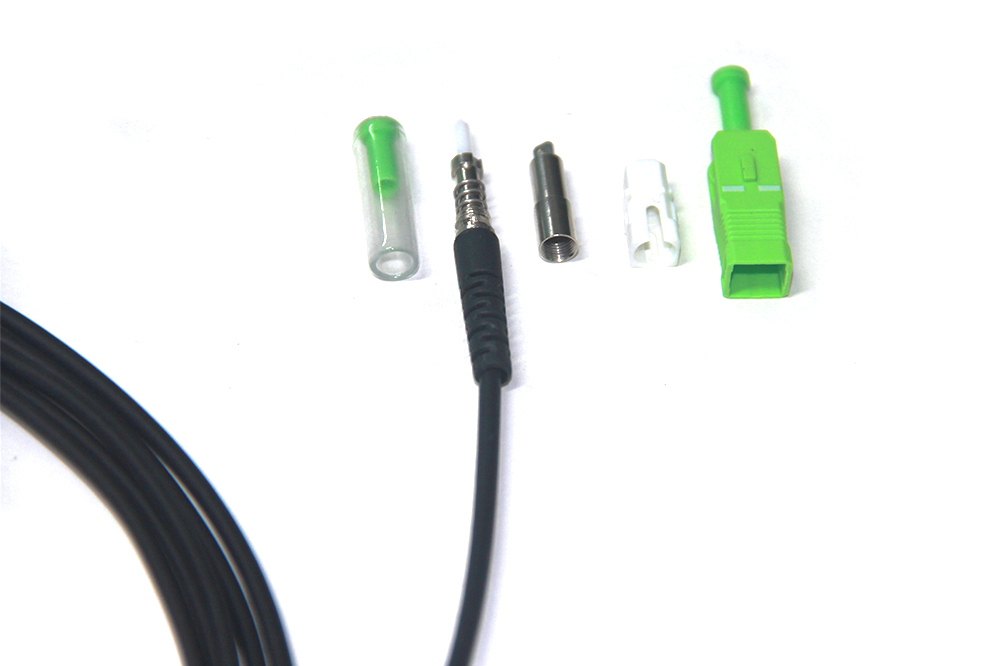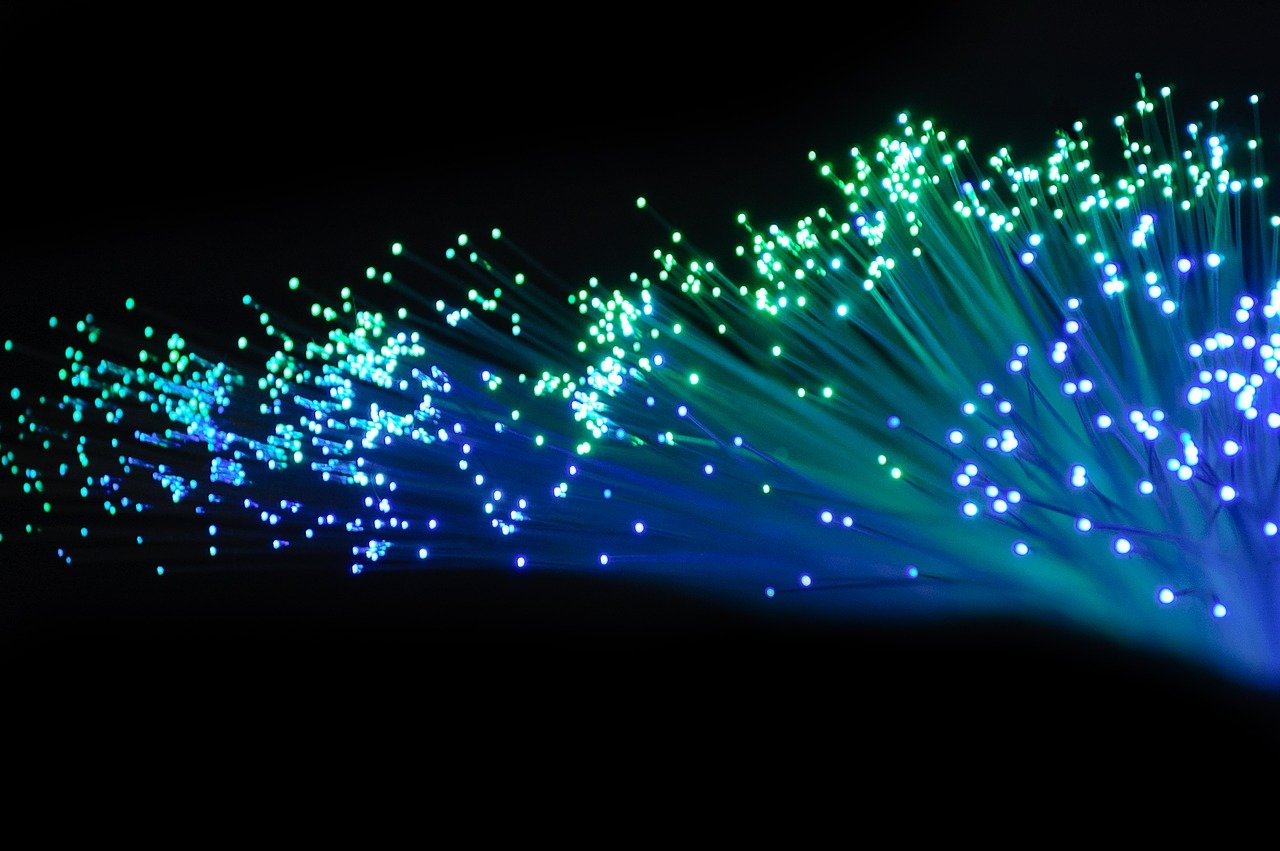Essential Guide to Pulling Pre Terminated Fiber: Conduit Installation Tips

Pull Pre Terminated Fiber
Understanding the Techniques and Tools
When it comes to pulling pre terminated fiber through narrow conduits, understanding the techniques and tools is crucial for a successful installation. Specialized equipment such as cable pullers, tension meters, and lubricants are essential for this process. Additionally, mastering conduit bending techniques is necessary to ensure that the fiber optic cables are not damaged during installation.
List:
Specialized equipment like cable pullers and tension meters are essential.
Conduit bending techniques must be mastered to prevent damage to fiber optic cables.
Importance of Cable Lubrication
Cable lubrication plays a vital role in reducing friction during the pulling process, preventing any potential damage to the delicate fibers. Choosing the right type of lubricant is critical to ensure smooth and safe installation of pre terminated fiber.
By incorporating these essential elements into the installation process, successful fiber optic cable installation can be achieved without compromising on quality or safety.
Pull Pre Terminated Fiber
Keyword Usage:
pull pre terminated fiber (x2)
fiber optic cable installation
cable lubrication
Types of Pre Terminated Fiber
Single-mode vs. Multimode Fiber
When considering types of pre terminated fiber, it's essential to understand the differences between single-mode and multimode fiber. Single-mode fiber is designed to carry a single ray of light, allowing for high bandwidth and longer transmission distances. On the other hand, multimode fiber can carry multiple modes of light at the same time, making it suitable for shorter distances.
The applications of these fibers differ based on their capabilities. Single-mode fiber is commonly used in long-distance telecommunication and data applications, while multimode fiber is ideal for shorter distances within buildings or campuses.
Each type of fiber has its advantages, and understanding their unique characteristics is crucial when planning a fiber optics installation project. By selecting the appropriate type of pre terminated fiber based on specific requirements, optimal performance and efficiency can be achieved.
Connectors and Termination Methods
In pre terminated fiber installations, various connectors are utilized based on specific needs. Common connectors include LC, SC, ST, and MTP/MPO connectors, each with its own termination methods such as fusion splicing or mechanical splicing. Understanding the compatibility of connectors with different types of fibers is essential for seamless integration into the network infrastructure.
Choosing the right connector and termination method ensures reliable connectivity and minimal signal loss in fiber optic systems. This knowledge is fundamental for achieving successful terminations in pre terminated fiber installations.
Conduit Installation Tips
Choosing the Right Conduit
When selecting a conduit for conduit installation in fiber optic projects, several factors must be considered to ensure the smooth and efficient pulling of pre terminated fiber. The first consideration is the size of the conduit, which should provide ample space for the fiber optic cables to pass through without excessive bending or strain. Additionally, the material of the conduit is crucial; it should be durable and resistant to environmental factors such as moisture and temperature changes.
Types of conduits suitable for pulling pre terminated fiber include PVC, HDPE, and flexible innerduct. PVC conduits are lightweight and cost-effective, making them suitable for indoor installations. HDPE conduits offer high tensile strength and are ideal for outdoor applications where protection against harsh conditions is necessary. Flexible innerduct provides added protection by allowing easy access to cables for future upgrades or maintenance.
List:
Consider the size of the conduit to ensure sufficient space for fiber optic cables.
Evaluate the durability and resistance of conduit materials to environmental factors.
Types of conduits suitable for pulling pre terminated fiber: PVC, HDPE, flexible innerduct.
Conduit Bending Techniques
Proper bending techniques are essential to avoid damaging the delicate fibers during conduit installation. Methods such as heat bending or using specialized bending tools can help achieve smooth bends without compromising cable integrity. It's important to use bending equipment specifically designed for fiber optic cables to prevent kinking or stretching that could lead to signal loss.
Tools required for conduit bending include heat guns, bending springs, and mandrels. Heat guns are used for heat bending while bending springs and mandrels assist in achieving precise bend radii without causing damage to the fibers.
By understanding these techniques and utilizing appropriate tools, installers can ensure that fiber optic termination occurs seamlessly without compromising cable integrity.
Cable Lubrication and Pulling Tension
Importance of Cable Lubrication
When it comes to the successful installation of fiber optic cables, cable lubrication plays a crucial role in ensuring smooth and safe pulling through conduits. By reducing friction, cable lubricants minimize the risk of damage to the delicate fibers, maintaining the integrity of the cables throughout the installation process. Additionally, proper cable lubrication helps prevent tension build-up, allowing for a more controlled and seamless pulling experience.
Choosing the right type of lubricant is essential to match the specific requirements of the installation environment. Silicone-based and water-based lubricants are commonly used for pulling pre terminated fiber due to their compatibility with various conduit materials and their ability to provide adequate lubrication without leaving residue that could affect cable performance.
Incorporating effective cable lubrication practices into fiber optic installations ensures that the process is carried out with precision and care, ultimately contributing to the long-term reliability and performance of the installed cables.
Managing Pulling Tension
Maintaining optimal pulling tension is critical during fiber optic cable installation to prevent any potential damage to the cables. Guidelines for managing pulling tension include using appropriate tools such as tension meters to monitor and adjust tension levels as needed throughout the pulling process. It's essential to ensure that the tension applied is within safe limits, avoiding excessive force that could lead to cable stretching or signal loss.
By employing proper techniques for managing pulling tension, installers can safeguard against cable damage and ensure that pre terminated fiber is installed with precision and care, optimizing its performance within the network infrastructure.
Fiber Optic Termination and Damage Prevention
Effective Termination Methods
When it comes to fiber optic termination, employing effective termination methods is essential for ensuring the reliability and performance of the installed fiber optic cables. Fusion splicing and mechanical splicing are two common techniques used for terminating pre terminated fiber. Fusion splicing involves fusing the fiber ends together using an electric arc, creating a seamless connection with minimal signal loss. On the other hand, mechanical splicing utilizes specialized connectors to align and join fiber ends mechanically.
The tools and equipment required for fiber optic termination include fusion splicers, cleavers, mechanical splice connectors, and precision alignment tools. These tools enable installers to achieve precise terminations, resulting in low insertion loss and high-quality connections.
Employing best practices for termination methods ensures that pre terminated fiber is seamlessly integrated into the network infrastructure, providing reliable connectivity and optimal signal transmission.
Preventing Cable Damage
Preventing damage to fiber optic cables during installation is crucial for maintaining their integrity and performance. Common causes of cable damage include excessive pulling tension, improper handling, and sharp bends during conduit installation. To prevent cable damage, it's important to use appropriate pulling techniques that maintain safe tension levels without overstretching the cables.
Strategies for preventing cable damage also include using cable lubricants to reduce friction during pulling and carefully routing cables to avoid sharp bends or kinks. Additionally, providing adequate protection for cables in outdoor environments helps safeguard against environmental factors that could compromise their integrity.
By implementing these preventive measures, installers can ensure that fiber optic cables are installed without damage, preserving their functionality and longevity within the network infrastructure.
Pull Pre Terminated Fiber
Ensuring Successful Installation
Achieving successful pull pre terminated fiber installation requires a combination of knowledge and practical insights. By understanding the intricacies of fiber optic cable installation and the nuances of termination methods, readers can navigate the process with confidence. Moreover, gaining comprehensive insights into conduit installation for fiber optics equips installers to make informed decisions at every stage.
Valuable Tips for Installers
Prioritize Safety: Always adhere to safety protocols and guidelines during installation.
Optimal Equipment Usage: Utilize specialized tools and equipment for efficient conduit bending and cable pulling.
Quality Assurance: Verify terminations and cable integrity to ensure reliable performance.
By empowering readers with these essential aspects, this guide aims to enhance their proficiency in handling pre terminated fiber, ultimately contributing to successful installations within diverse environments.
See Also
Simplify Cable Solutions with Preconn: A Quick On-Site Termination Manual
The Importance of Fiber Optic Cables in Belowground Setups
Investigating the Revolutionary Precon Cabling Solution
Revealing the Benefits of Pullable Pre-Connectorized Cables
Advantages of ADSS Fiber Optic Cables for Aboveground Power Lines


